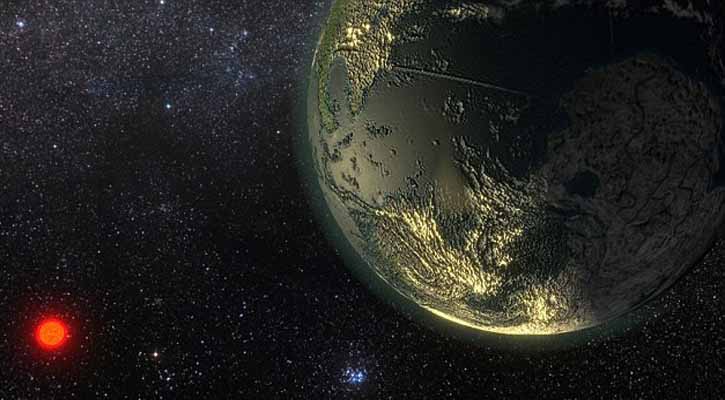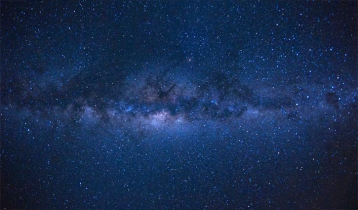Astronomers find 60 new planets like Earth
4 || risingbd.com

Risingbd Desk: In the hunt for life outside Earth, researchers have discovered 60 new planets orbiting stars near our solar system.
Among the new planets is a hot 'super-Earth', called Gliese 411b, which has a rocky surface and is located in the fourth nearest star system to the sun.
Researchers say that the planet demonstrates that 'virtually all' the nearest stars to the sun have planets orbiting them, and some of these 'could be like Earth.'
The discovery was made by an international team of researchers, led by the University of Hertfordshire.
Along with the 60 new planets, the researchers found additional evidence of a further 54 planets, bringing the total number of potential new worlds to 114.
The results are based on almost 61,000 individual observations of 1,600 stars taken over a 20-year period by US astronomers using the Keck-I telescope in Hawaii.
The observations were part of the Lick-Carnegie Exoplanet Survey, which was started in 1996 by astronomers Steve Vogt and Geoffrey Marcy from the University of California and Paul Butler, from the Carnegie Institute of Science, in Washington.
Dr Mikko Tuomi, who led the study, said: 'It is fascinating to think that when we look at the nearest stars, all of them appear to have planets orbiting them.
'This is something astronomers were not convinced about, even as little as five years ago.
'These new planets also help us better understand the formation processes of planetary systems and provide interesting targets for future efforts to image the planets directly.'
Dr Butler added: 'This paper and data release is one of my crowning achievements as an astronomer.
'It represents a good chunk of my life's work.'
The group's paper has been accepted for publication in The Astrophysical Journal.
The team is hoping their decision will lead to a flurry of new science, as astronomers around the globe combine the HIRES data with their own existing observations, or mount new observing campaigns to follow up on potential signals.
The catalog release is part of a growing trend in exoplanet science to broaden the audience and discovery space, which has emerged in part to handle the aftermath of follow-up discoveries by NASA's Kepler and K2 missions.
'I think this paper sets a precedent for how the community can collaborate on exoplanet detection and follow-up', said team-member Johanna Teske of Carnegie's Observatories and Department of Terrestrial Magnetism.
'With NASA's TESS mission on the horizon, which is expected to detect 1000+ planets orbiting bright, nearby stars, exoplanet scientists will soon have a whole new pool of planets to follow up.'
'The best way to advance the field and further our understanding of what these planets are made out of is to harness the abilities of a variety of precision radial velocity instruments, and deploy them in concert,' said team member Jennifer Burt of MIT.'But that will require some big teams to break from tradition and start leading serious cooperative efforts.'
Source: The Mail
risingbd/Feb 14, 2017/Mukul
risingbd.com























